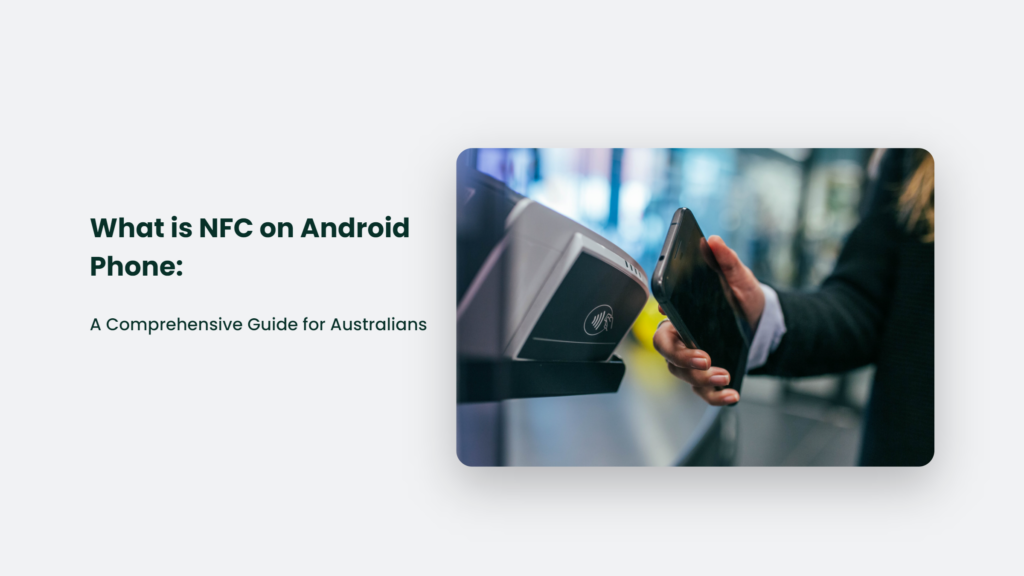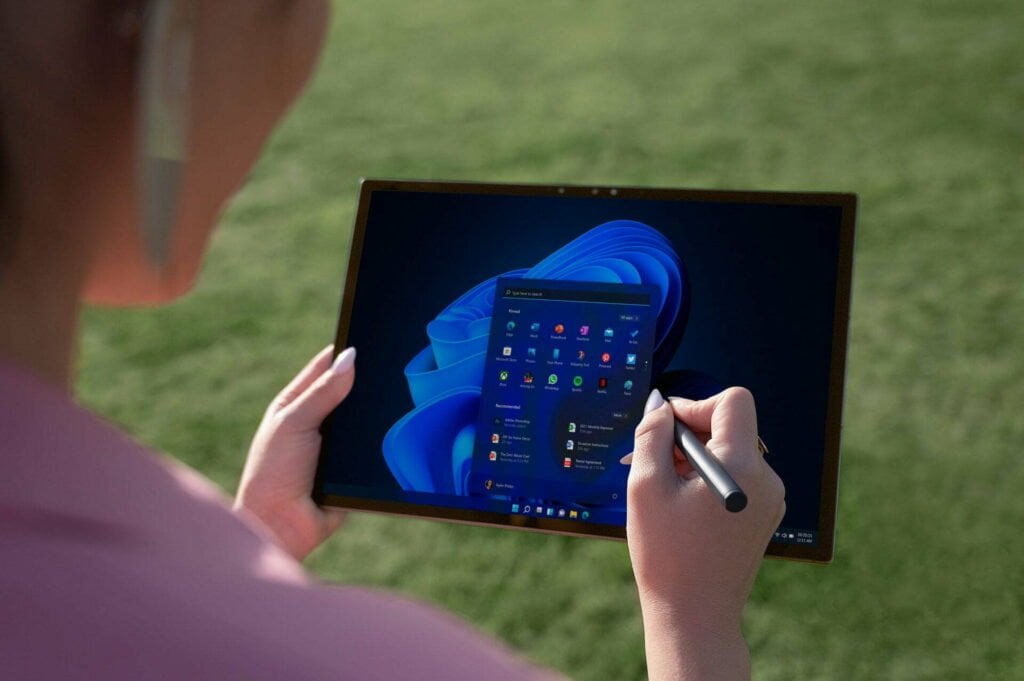

What is NFC on Android Phone: A Comprehensive Guide for the Curious Aussie

As Seen On
Imagine a world where your smartphone can make secure transactions, exchange digital content, and connect electronic devices with just a touch. Sounds like magic, right? Well, it’s not magic, but it’s close. Near Field Communication (NFC) is a game-changer for Android phone users in Australia and worldwide.
In this informative and engaging article, we’ll explore what is NFC on Android phone, including its benefits, uses, and some fascinating statistics. So, buckle up and get ready for a wild ride into the world of NFC!

What is NFC on Android Phone and How Does it Work?
NFC is a set of short-range wireless technologies that typically require a distance of 4cm or less to initiate a connection. It allows users to share small data payloads between an NFC tag and an Android-powered device or between two Android-powered devices. NFC transmissions are short range (from a touch to a few centimeters) and require the devices to be in close proximity.NFC technology has its roots in radio-frequency identification (RFID), which was invented by Charles Walton in 1983.
The technology has evolved, with major companies like Nokia, Sony, and Philips committing to integrating NFC into their devices. NFC is widely used in smartphones, tablets, and other electronic devices.NFC operates at a frequency of 13.56 MHz and follows the ISO/IEC 14443 standard for smart cards and the ISO/IEC 18000-3 standard for RFID.
The technology uses inductive coupling to transfer data and power between devices, allowing for simultaneous data transfer and power supply.
NFC in Numbers: Statistics and Data
The NFC market has experienced significant growth in recent years. Here are some interesting statistics and data about NFC technology:
- The global NFC market size was valued at $15,531 million in 2019 and is projected to reach $54,521 million by 2028, registering a CAGR of 14.8% from 2021 to 2028.
- Most mobile phone users have made contactless payments using NFC technology in recent years.
- NFC technology use has surged worldwide over the last 24 months.
- The NFC market size is projected to reach USD 34.9 billion by 2025, at a CAGR of 14.2% during the forecast period.
These statistics show that NFC technology is becoming increasingly popular and is expected to grow in the coming years.
Frequently Asked Questions:
What devices support NFC?
Most Android smartphones and some tablets support NFC. You can check your device’s specifications on the manufacturer’s website or search online to see if it supports NFC.
Can I use NFC for more than just payments?
Yes, NFC technology has numerous applications beyond payments, such as exchanging digital content, connecting electronic devices, and even locking/unlocking doors with smart locks.
Is NFC secure?
NFC provides secure transactions and data exchange, ensuring the safety of your personal information.
Conclusion: Embrace the NFC Revolution
NFC technology transforms how we interact with our Android phones and the world around us. From secure transactions to seamless data exchange, NFC makes our lives more convenient and connected. So, why not embrace the NFC revolution and unlock the full potential of your Android phone? After all, it’s not magic, but it’s pretty darn close!
Konger
Up until working with Casey, we had only had poor to mediocre experiences outsourcing work to agencies. Casey & the team at CJ&CO are the exception to the rule.
Communication was beyond great, his understanding of our vision was phenomenal, and instead of needing babysitting like the other agencies we worked with, he was not only completely dependable but also gave us sound suggestions on how to get better results, at the risk of us not needing him for the initial job we requested (absolute gem).
This has truly been the first time we worked with someone outside of our business that quickly grasped our vision, and that I could completely forget about and would still deliver above expectations.
I honestly can't wait to work in many more projects together!
Disclaimer
*The information this blog provides is for general informational purposes only and is not intended as financial or professional advice. The information may not reflect current developments and may be changed or updated without notice. Any opinions expressed on this blog are the author’s own and do not necessarily reflect the views of the author’s employer or any other organization. You should not act or rely on any information contained in this blog without first seeking the advice of a professional. No representation or warranty, express or implied, is made as to the accuracy or completeness of the information contained in this blog. The author and affiliated parties assume no liability for any errors or omissions.

